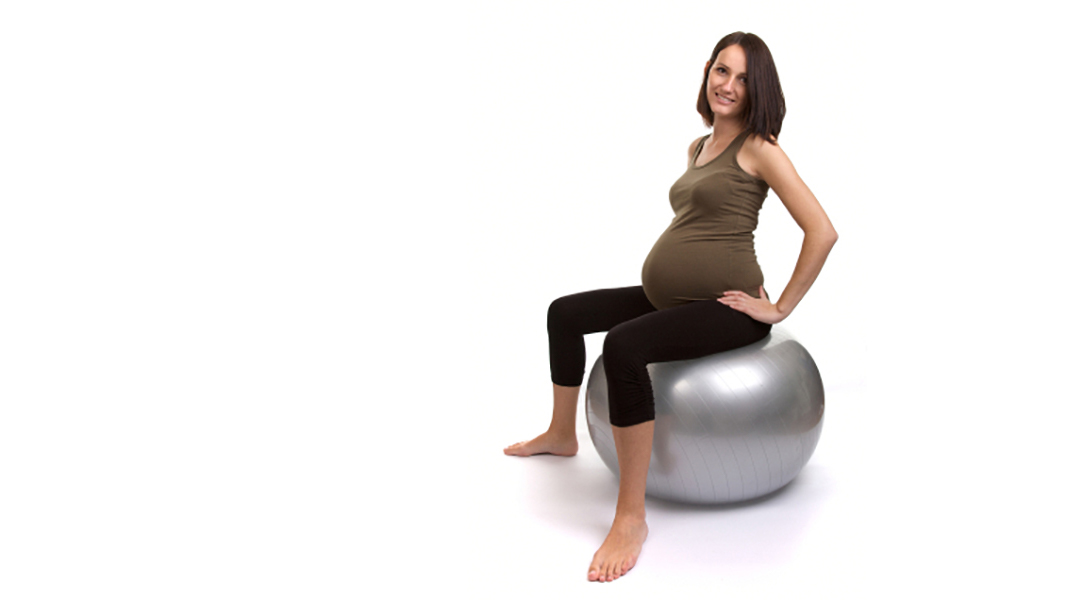
17 Mar Pilates 4 Pregnancy
I get asked many questions about Pilates and Pregnancy, here are a few of the more common ones…
Can I Continue with Pilates While I am Pregnant?
Yes. It’s perfectly safe and appropriate to practise the Pilates Method during pregnancy. In fact, Pilates is an excellent regime enabling the expectant mother to maintain good posture and become more aware of her changing body. The technique may be followed throughout the pregnancy and can be adapted to meet the current stage of pregnancy and day to day energy levels.
Can I Start Pilates While I am Pregnant?
Yes, however I recommend the following:
Up to 10 weeks – you may begin a general beginner’s course
10 weeks plus – it is not possible to join a general beginner’s course at this stage as by the middle to end of the course you would begin to find it uncomfortable to lie on your front
One-to-one sessions – You may however – complete 3 to 4 one to one sessions to learn the fundamentals or basics together with specific adaptations which meet the current stage of pregnancy and then move into a Level one class – more details on one-to-one sessions
Can Pilates Help with PSD?
Yes, Pilates specifically targets stabilising muscles which help to stabilize the pelvis and alleviate Pubis Symphysis Disfunction PSD. Find out more about PSD in this Article.
Do You Offer Ante-Natal Pilates Classes?
No, we don’t. We allow our pregnant members to keep coming to their regular class and adapt the exercises as they progress through their pregnancy. We give them chair-based exercises when it is no longer comfortable to lay face down and carefully control their range of motion to keep them free from injury.
Guidelines for safe exercise while pregnant
Always follow your doctor’s advice. Following these general guidelines will help you keep exercising safely while pregnant.
Temperature – the foetal temperature is 0.5 degrees higher than yours. You may feel hotter more quickly than before. Be careful not to overheat and avoid exercising in a hot room.
Ligaments and separation – one of the biggest changes to a woman’s body during pregnancy is to the ligaments and fibrous tissue. The body cleverly adapts to the ever growing baby making minor changes to its structure. Being aware of these changes and exercising caution when required is vital in order that these changes should not have long term effects. For example, avoid doing sit-ups as these are particularly counter productive and can lead to permanent separation of the abdominals. Pilates works the deeper lying abdominals and is ideal both during pregnancy and postnatally for returning to your pre-birth figure.
Flexibility – you may feel an added flexibility and suppleness during pregnancy which is due to a hormone called ‘relaxin’ that softens ligaments in preparation for the birth itself. However it doesn’t just target the pelvis unfortunately – every ligament is softened. This may cause joints to become slightly unstable therefore it is important that you pay extra attention to your alignment when carrying out every movement. Relaxin remains in the body 3-5 months postnatally and longer if breastfeeding. Pilates encourages good posture and alignment at all times.
Lying on your back – when you lie on your back the weight of the growing baby presses down on the vena cava – the major vein that returns blood to the heart – preventing normal blood circulation. It is recommended that you never spend more than 5 minutes lying on your back at any one time – if you feel dizzy during a movement simply roll on to your side and rest. Pilates4Life classes are structured so that we never spend more than 5 minutes on our back.
Thank you for supporting me throughout my pregnancy; adjusting the exercises and giving me really helpful tips!
Further Reading
Learn more about PSD by reading: Pubis Symphysis Dysfunction – 8 Top Tips to Help Ease the Pain
Keep Me Posted
If you have enjoyed reading this article, then why not sign up to receive new articles as they are released?Just let us know which subjects you are interested in, and we'll send you the details hot from the press.
Click Here for More Articles
